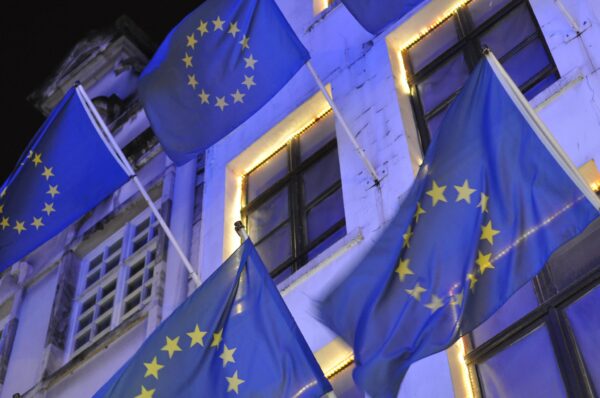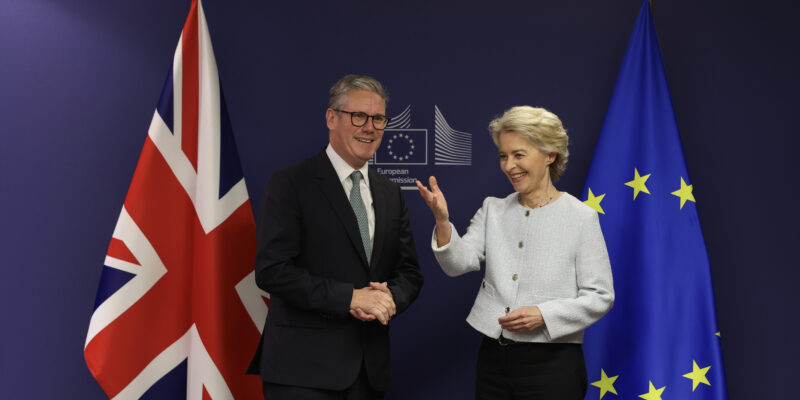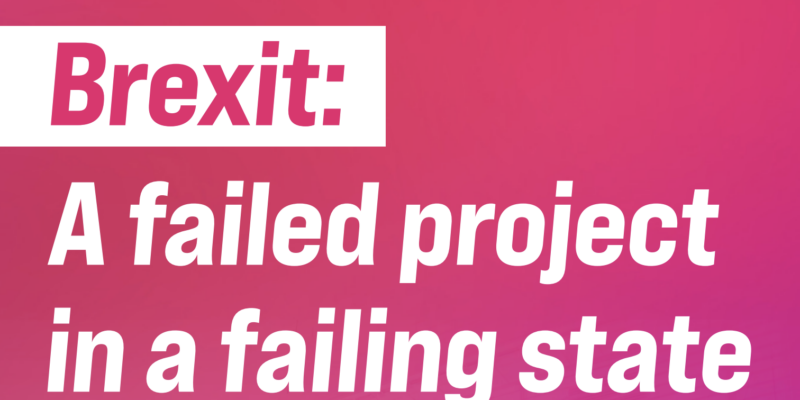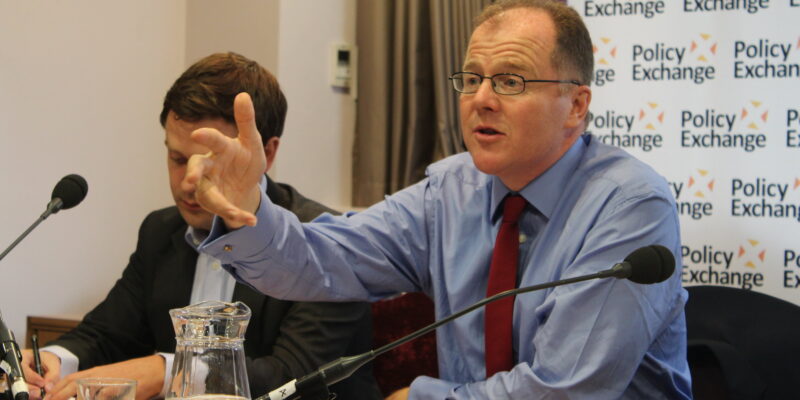A step back to the single market? Why the UK abandoning its plan for an alternative to CE is a significant step
It might seem like a small detail, but it marks a serious blow to the push for ‘divergence’.

The UK Government has dropped its plans for an alternative to the EU’s ‘CE’ mark for products sold in the UK’s domestic market. This marking is mandatory for most manufactured goods sold in the European single market and is used to indicate compliance with relevant EU regulations and laws. These pertain to a wide range of products, from lifts to electronics, gas appliances, machinery, aerosols, and more. For example, toys sold in the EU have to carry the EU CE mark by law, giving consumers the confidence they are safe.
The EU first regulated for toy safety in 1988, updated this legislation in 2009, in part to account for technological change, and is now consulting on further updates that include more stringent rules on the use of chemicals and a new digital product passport. Toys carrying the CE mark indicate their compliance with this and other relevant EU laws – and making a false ‘declaration of conformity’ is a criminal offence.
So, there is much more at stake here than an obscure logo on a product. This is because the CE mark constitutes a statement of compliance with a particular of body of EU regulatory law. In the event that the UK had pushed ahead with its own system, it could have engaged in domestic deregulation; for instance, to stay with the toy example, it could have downgraded safety requirements on products sold in the UK compared to the EU. But even leaving aside that this would be very unpopular with voters, it also would not be welcomed by toy manufacturers. To ‘benefit’ from this deregulation, toy manufacturers would have to invest in two different production lines: one making unsafe products for the UK toy market, the other making safe products for sale in the EU that comply with its laws.
The size of the EU single market means that manufacturers will nearly always favour alignment, rather than a process of divergence that simply results in them having to shoulder the costs of two different lots of rules and regulations. This is why countries outside the EU but with a very close trading relationship to the single market, like, in different forms, Turkey, Norway and Switzerland, all make use of the EU’s CE product self-certification system and, in doing so, align with the relevant bodies of EU law. The fact that the EU is currently re-regulating its laws on the safety of toys also goes to show that the question the UK faces is not just whether it retains alignment with EU law at the point we left, but whether it continues to align with subsequent changes to the rules of the single market.
So, the end to this particular Brexit saga illustrates how the costs of divergence will nearly always be higher than its alleged benefits due to the sheer size of the EU market. While it won’t be an issue that dominates the headlines, the fact that the UK has indefinitely put off requiring compliance with its domestic alternative to the CE mark is significant. It is a blow to the mythology of divergence and a step back in the direction of the single market.
August 14, 2023
Brexit Spotlight is run by Another Europe Is Possible. You can support this work by joining us today. The website is a resource to encourage debate and discussion. Published opinions do not necessarily represent those of Another Europe.





